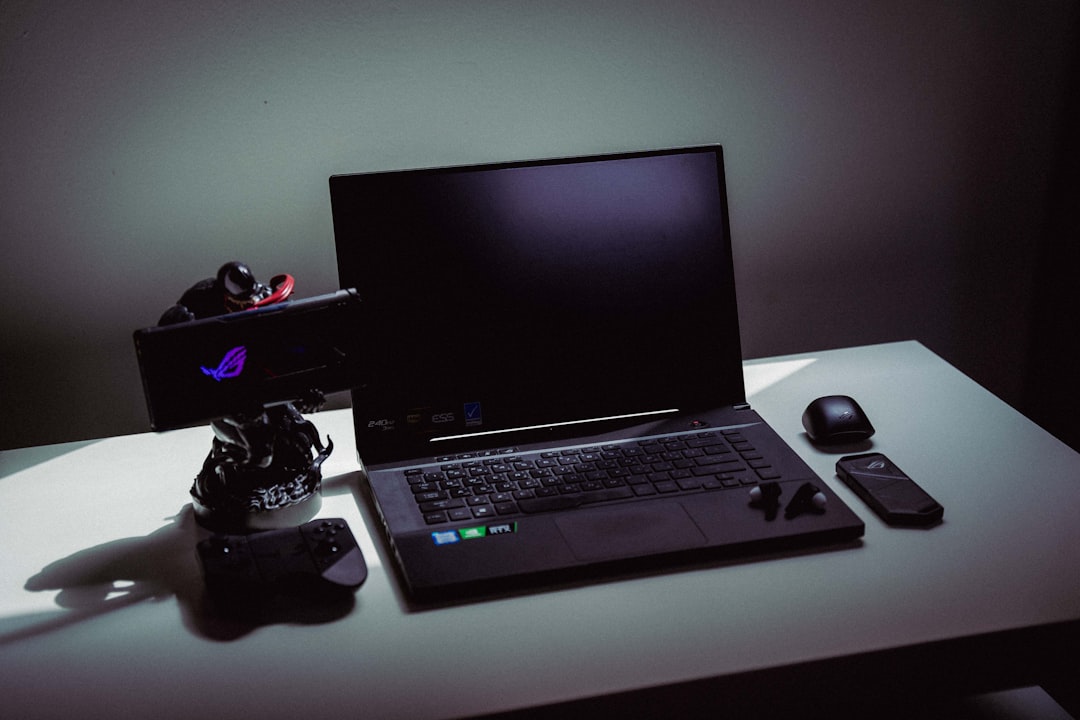Virtualization technology has become increasingly common for both casual users and professionals. One of the most widely-used tools for virtualization is Oracle’s VirtualBox. If you’re considering using VirtualBox on your Windows or Mac system, it’s natural to ask: Is VirtualBox safe? This guide will offer you a comprehensive and trustworthy outlook on the safety and reliability of VirtualBox, detailing both its strengths and potential risks—helping you make an informed decision.
What is VirtualBox?
VirtualBox is a free and open-source virtualization software maintained by Oracle Corporation. It allows users to create and run virtual machines (VMs) on their computers, providing the ability to run different operating systems simultaneously. For instance, you can use Linux inside a VM while your primary OS is Windows or macOS. This makes it a valuable tool for software testing, development, education, and even running legacy applications.

Is VirtualBox Safe for Windows and Mac?
Overall, VirtualBox is considered safe to use on both Windows and Mac platforms, provided it is downloaded from the official Oracle website or other trustworthy sources. The risks associated with VirtualBox usually derive not from the software itself but from how it’s used. Below, we explore the aspects that impact its safety.
1. Source and Installation
The safety of VirtualBox begins with where you download it. To ensure security:
- Download directly from the official VirtualBox website.
- Avoid third-party download sites that may bundle malware or adware.
- Verify digital signatures when possible to ensure authenticity.
Installation is straightforward, but it’s important to pay attention to prompts and grant permissions carefully. On Mac, VirtualBox requires kernel extensions, which can cause warnings; these are normal but should be acknowledged only if you’ve verified the source of the installer.
2. Open Source Nature
Being open source, VirtualBox’s codebase is frequently scrutinized by developers and security experts. This openness helps to minimize the risk of hidden malware or backdoors. However, users should still ensure they keep the software updated, as new vulnerabilities can emerge in any software over time.
3. Security of the Host Machine
VirtualBox operates in a sandboxed environment, meaning that the virtual machines are isolated from the host system. Nonetheless, there are scenarios where this isolation can fail or be bypassed due to misconfigured settings or unpatched bugs.
To preserve security:
- Always run the latest version of VirtualBox.
- Do not enable advanced features (like USB passthrough or shared folders) unless necessary.
- Avoid downloading and running virtual machines from untrusted sources.

Potential Risks of Using VirtualBox
Despite VirtualBox’s strong security record, there are potential vulnerabilities and user-induced risks associated with it. Knowing these risks and how to mitigate them can help ensure safe operation:
1. Guest-to-Host Escape
One of the most significant threats is a “guest-to-host escape,” where malicious code inside a VM compromises the host system. Though rare, such vulnerabilities have been documented in the past. Oracle typically patches these threats quickly once identified.
Mitigation: Establish strict controls over the types of VMs you run, especially if acquiring them from third parties. Always keep VirtualBox updated to the latest version to benefit from security patches.
2. Malware within Virtual Machines
VirtualBox is commonly used for analyzing suspicious software. However, VMs can still host malware that can potentially leak data to the host system if not properly isolated. Features like shared folders or network bridging can inadvertently allow malware to access host resources.
Mitigation: Disable shared folders and bridged networking when dealing with untrusted software. Utilize NAT network settings, and consider using snapshots to return to a clean slate after testing.
3. Performance and System Stability
Improper VM setup can lead to degraded performance or system instability. Allocating too much RAM or CPU to VMs can cause the host system to freeze or behave unpredictably.
Solution: Follow good resource management practices. Allocate only the minimum necessary resources and utilize performance monitoring tools to assess impact.
Is VirtualBox Safe from a Privacy Perspective?
VirtualBox does not collect user data for advertising or analytics purposes. Because it’s open source, the community can verify any data sharing behavior. Oracle does offer optional software updates and metrics reporting, but these can be completely turned off during or after installation.
Best Practices for Safe Use of VirtualBox
If you decide to use VirtualBox, adopting a few best practices can greatly enhance your experience and security:
- Use Snapshots: Create VM snapshots before making major changes so you can easily revert in case something goes wrong.
- Isolate Sensitive Data: Never store sensitive information in untrusted or experimental virtual machines.
- Keep Software Updated: This includes VirtualBox, guest OS installations, and VirtualBox Extension Packs.
- Utilize Host Firewall and Antivirus: Don’t rely solely on VM isolation. Maintain strong endpoint protection on your host OS.
- Read the Documentation: Oracle and the open-source community provide extensive guides on secure configuration.
How Does VirtualBox Compare to Competitors?
When evaluating VirtualBox’s safety, it helps to compare it to other virtualization tools like VMware Workstation, Parallels Desktop, and Hyper-V:
- VMware Workstation: Offers more enterprise features and a slightly better track record for zero-day vulnerability response, but it’s paid software.
- Parallels Desktop (Mac-only): Well-optimized for Mac, especially for running Windows, but also comes at a cost and is less customizable.
- Hyper-V (Windows-only): A built-in solution for Windows users. Tight integration provides better performance, but it lacks the user-friendly interface of VirtualBox and may not support as many guest OS types.
In terms of safety, all mainstream tools are secure when used appropriately. VirtualBox remains a popular choice due to its open-source nature, active development, and flexibility.
Conclusion
So, is VirtualBox safe? The answer is a well-supported yes—with caveats. The software itself is secure and maintained by a reputable organization. However, like any powerful tool, it can be misused. Most risks stem from user behavior rather than flaws in the application.
If you download VirtualBox from the official site, use proper security measures, and avoid risky practices like running unknown virtual images, you’ll find that VirtualBox is not only safe but also an invaluable tool for educational, development, and operational needs.
Whether you’re a casual tech enthusiast or a power user, VirtualBox provides the tools to explore and innovate—safely.